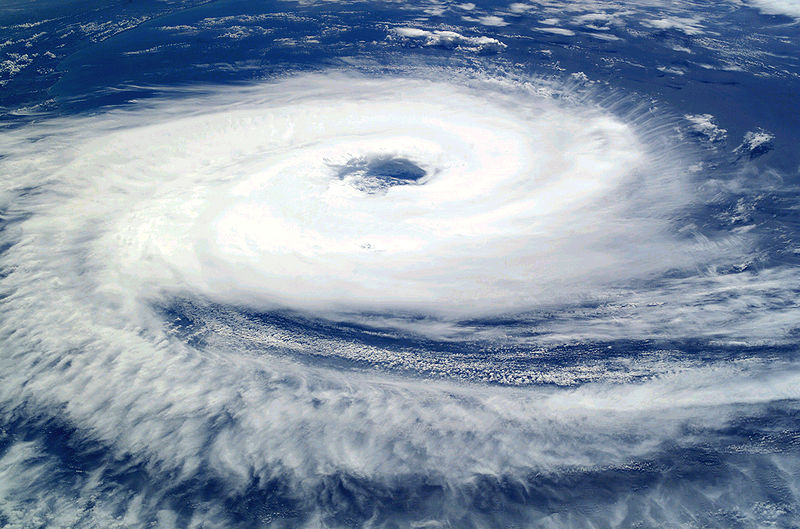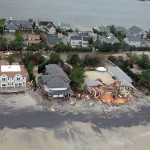
One Year Later: Hurricane Sandy
One year ago, on October 29, 2012, Hurricane Sandy crashed onto the shores of New Jersey and New York, killing 147 people. In the words of a meteorologist at the National Weather Service at the time, what happened was a storm at an intensity that had not been seen in that part of the country in at least this past century.
Hurricane Sandy caused significant damage to the region’s energy infrastructure; 70% of the region’s refineries shut down, and the Indian Point nuclear power plant had to shut one of its reactors. One year later, parts of New Jersey and New York are still recovering. But Hurricane Sandy could be a harbinger of storms to come. According to the ASP Factsheet, Protecting the Homeland, there could be more intense storms due to global climate change. Climate change causes temperatures to rise. Rising temperatures lead to more water evaporation, and with more moisture in the atmosphere, intense storms are more likely. Furthermore, climate change causes rises in sea levels. In turn, higher sea levels lead to increased storm surge and flooding during storms, making storms more damaging.
Fortunately, there are steps countries and cities can take to combat intense storms. Resilience projects increase communities’ capabilities to deal with extreme weather from climate change. Projects range from strengthening the national disaster management office and early warning systems in Vanuatu, to enabling buildings in designated flood zones to meet the latest standards for flood-resistant construction in New York City. As ASP argues in Coastal Flood Threat, the US and other countries can learn several lessons from the
Dutch Delta project, a large scale primary line flood protection system with over 10,250 miles of levees. As climate change has a greater impact on weather and storms, the resilience of cities and countries becomes more important.






